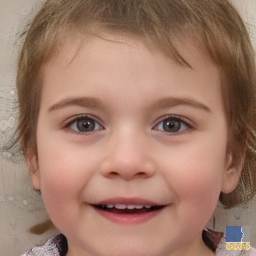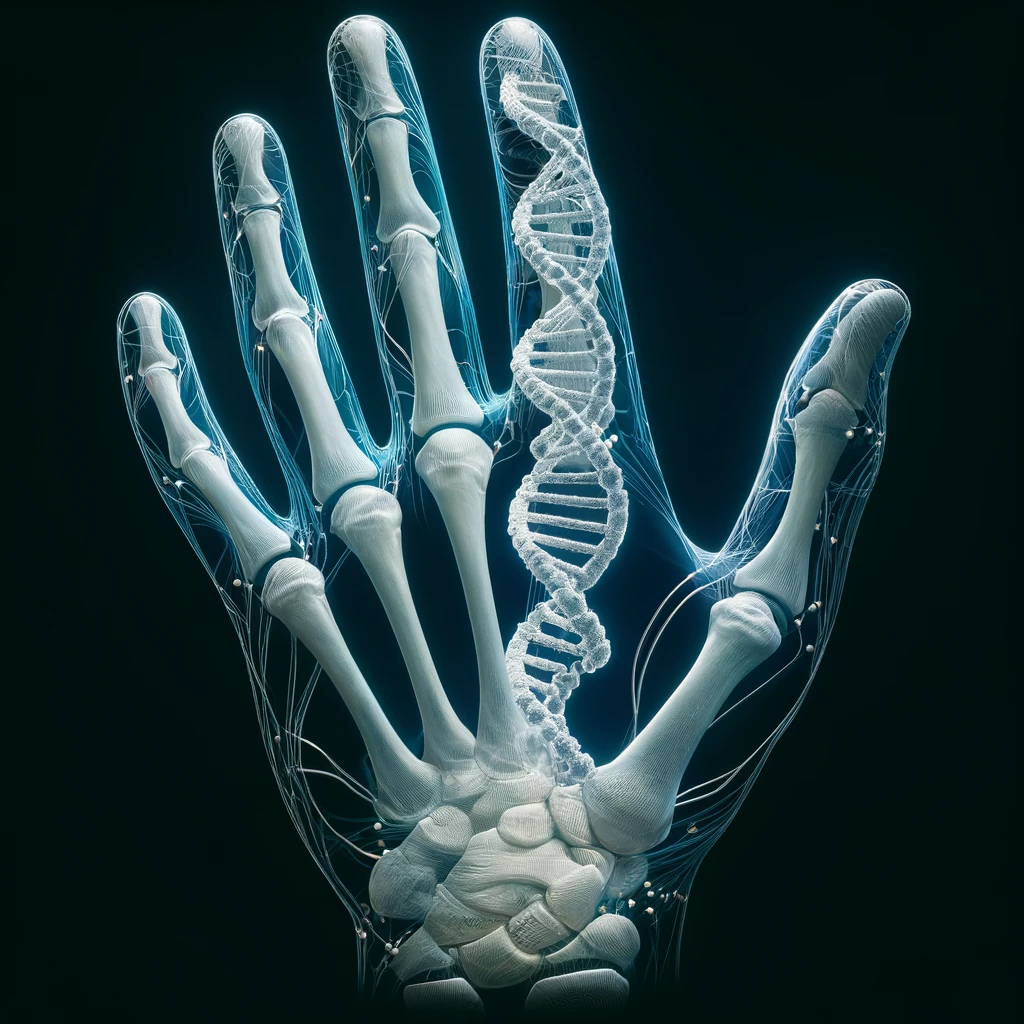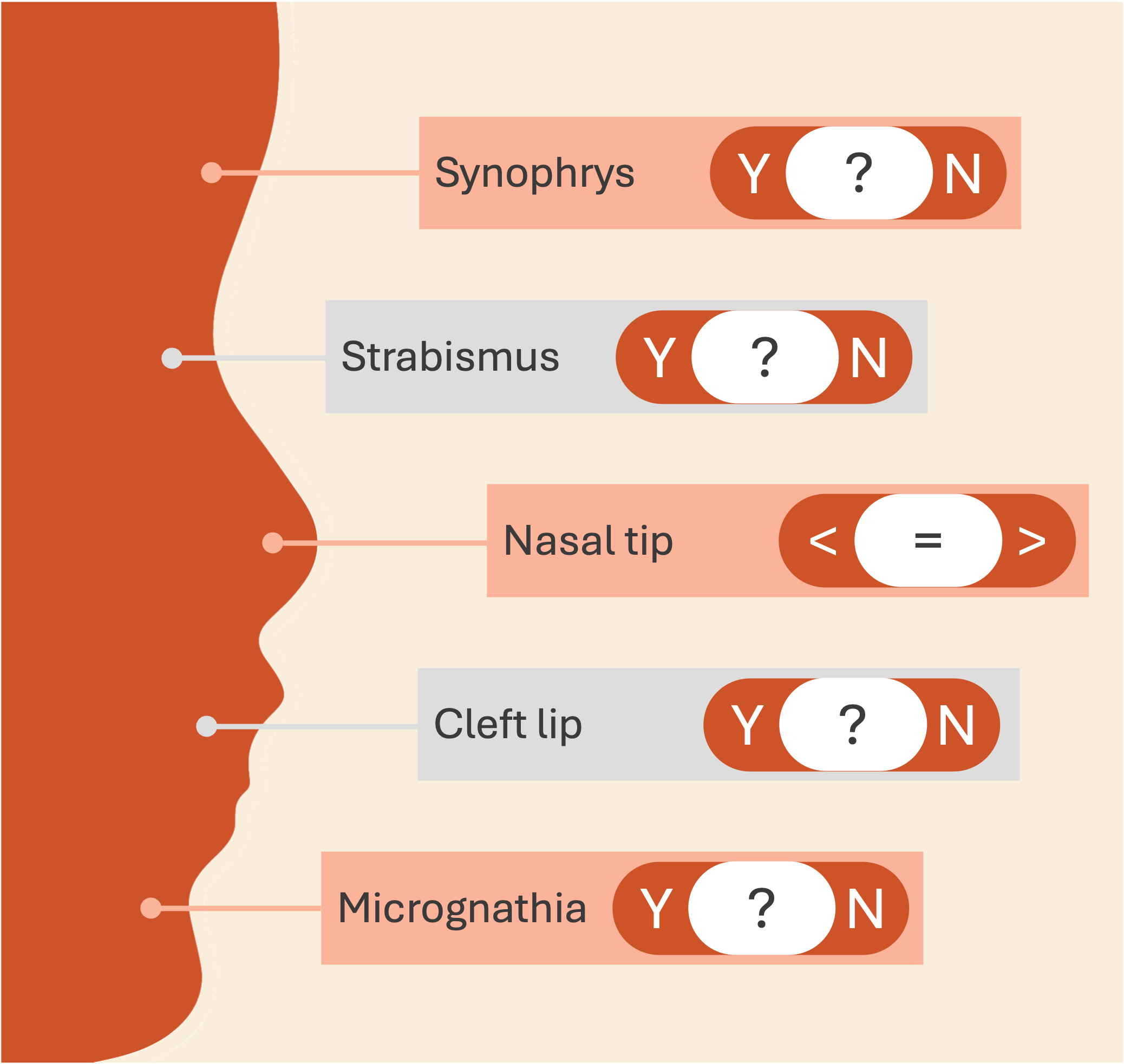Ongoing Projects

Photorealistic Synthetic Portraits
Here we show photorealistic synthetic portraits of certain rare diseases based on the cohort ... Read more
GMDB aims to improve the openness and accessibility of scientific findings and to enhance collaboration amongst researchers and clinicians. On this page, you can find all 24 active research projects approved since 2022 until today.
AI-Based Support for Early Diagnosis of Rare Genetic Disorders Using Facial Images
Oct. 2nd 2025
Principal Investigator: Mr. Akshit Chikara
Institution: National Institue Of Technology, Rourkela, India
We are conducting non-commercial academic research at the Department of Computer Science & Engineering, National Institute of Technology Rourkela, an Institute of National Importance in India. Our project develops and evaluates machine learning approaches to analyze facial images of rare genetic disorders to improve early diagnosis and support clinicians. We will also study explainability...
Read moreDetection and Interpretation of Genetic Disorders from Facial Phenotypes Using Explainable AI as a tool for screening
Nov. 17th 2025
Principal Investigator: Dr. abderrahim benmohamed
Institution: computer science department soukahras
Genetic disorders often present with distinctive but subtle facial phenotypical features, making computer-aided facial analysis a valuable diagnostic aid. Recent systems such as GestaltMatcher and DeepGestalt have demonstrated the feasibility of syndrome classification from 2D facial images, yet remain limited by their black-box nature. This research proposes a framework that both...
Read moreDetection and Interpretation of Genetic Disorders from Facial Phenotypes Using Explainable AI as a tool for screening
Nov. 3rd 2025
Principal Investigator: Ms. Ayat El Houda Kechroud
Institution: Souk Ahras University
Genetic disorders often present with distinctive but subtle facial phenotypical features, making computer-aided facial analysis a valuable diagnostic aid. Recent systems such as GestaltMatcher and DeepGestalt have demonstrated the feasibility of syndrome classification from 2D facial images, yet remain limited by their black-box nature. This research proposes a framework that both...
Read moreEnhancing Few-Shot Facial Phenotype Recognition Using ConvNeXt-v2 and AdaFace on the GestaltMatcher Database (GMDB)
Nov. 10th 2025
Principal Investigator: Mr. Hemant Darur
Institution: KLE Technological University
This project aims to improve few-shot facial phenotype recognition for rare genetic disorders using the GestaltMatcher Database (GMDB). We propose to enhance by integrating a modern ConvNeXt-v2 backbone with the AdaFace adaptive-margin loss function. The approach employs a meta-learning setup to better generalize across syndromes with limited data. The model will first be pretrained on...
Read more
